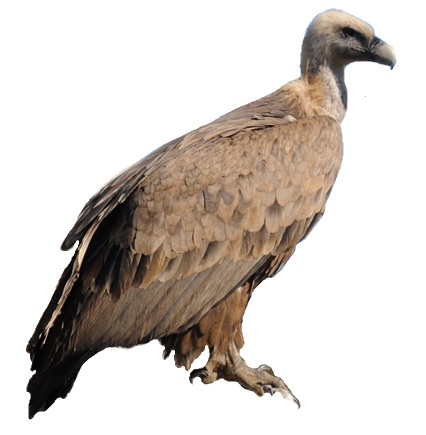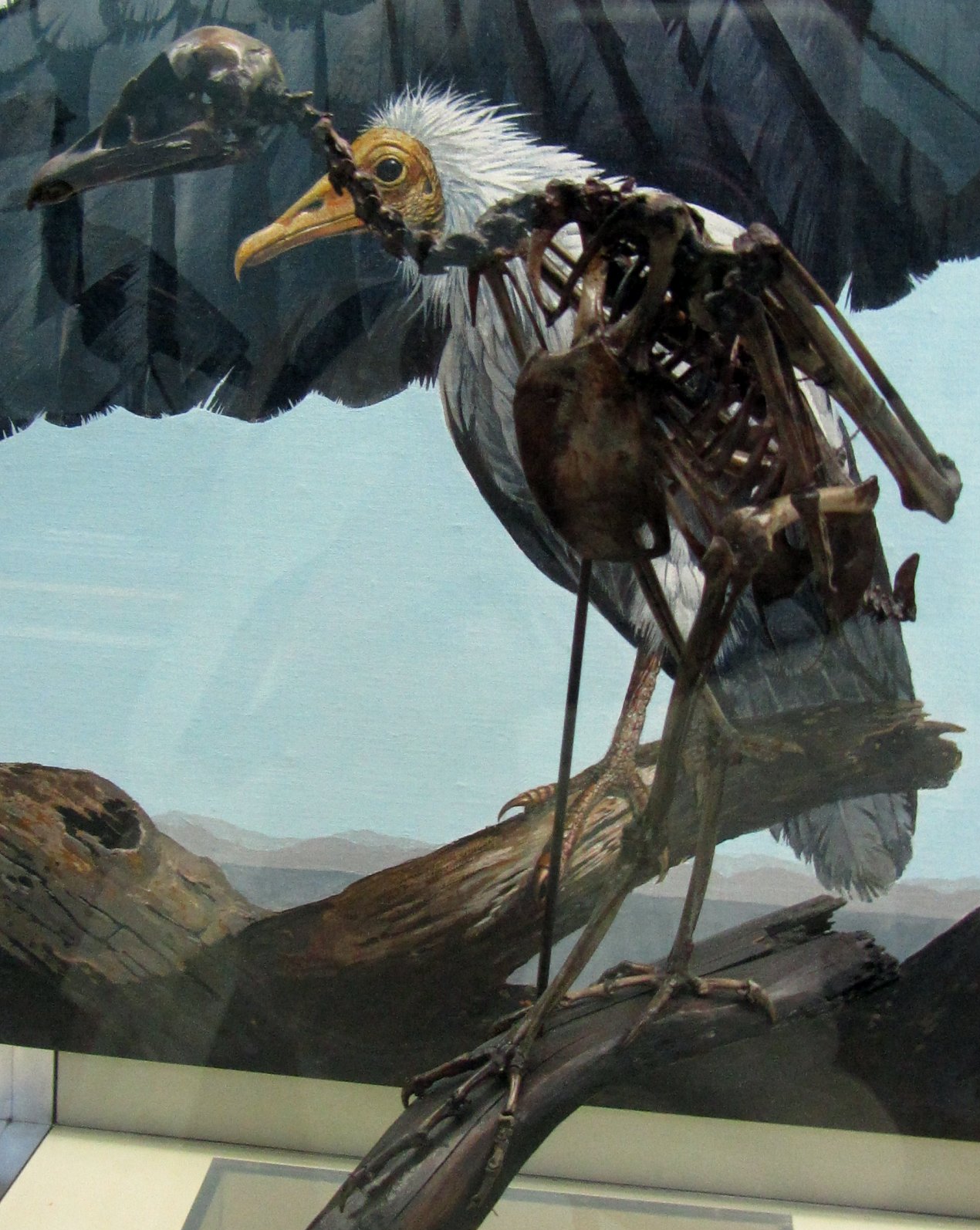|
Erythrotriorchis Buergersi
The chestnut-shouldered goshawk (''Erythrotriorchis buergersi'') is a species of bird of prey in the family Accipitridae. It is found in New Guinea. References chestnut-shouldered goshawk Birds of prey of New Guinea chestnut-shouldered goshawk The chestnut-shouldered goshawk (''Erythrotriorchis buergersi'') is a species of bird of prey in the family Accipitridae. It is found in New Guinea New Guinea (; Hiri Motu: ''Niu Gini''; , fossilized , also known as Papua or historically ) ... Taxonomy articles created by Polbot {{Accipitriformes-stub ... [...More Info...] [...Related Items...] OR: [Wikipedia] [Google] [Baidu] |
Anton Reichenow
Anton Reichenow (1 August 1847 in Charlottenburg – 6 July 1941 in Hamburg) was a German ornithologist and Herpetology, herpetologist. Reichenow was the son-in-law of Jean Cabanis, and worked at the Natural History Museum, Berlin, Natural History Museum of Berlin from 1874 to 1921. He was an expert on African birds, making a collecting expedition to West Africa in 1872 and 1873, and writing ''Die Vögel Afrikas'' (1900–05). He was also an expert on parrots, describing all species then known in his book ''Vogelbilder aus Fernen Zonen: Abbildungen und Beschreibungen der Papageien'' (illustrated by Gustav Mützel, 1839–1893). He also wrote ''Die Vögel der Bismarckinseln'' (1899). He was editor of the ''Journal für Ornithologie'' from 1894 to 1921. A number of birds are named after him, including Reichenow's woodpecker and Reichenow's firefinch. His son Eduard Reichenow was a famous protozoologist. Reichenow is known for his classification of birds into six groups, described, ... [...More Info...] [...Related Items...] OR: [Wikipedia] [Google] [Baidu] |
Protonym
In the scientific name of organisms, basionym or basyonym means the original name on which a new name is based; the author citation of the new name should include the authors of the basionym in parentheses. The term "basionym" is used in both botany and zoology. In zoology, alternate terms such as original combination or protonym are sometimes used instead. Bacteriology uses a similar term, basonym, spelled without an ''i''. Although "basionym" and "protonym" are often used interchangeably, they have slightly different technical definitions. A basionym is the ''correct'' spelling of the original name (according to the applicable nomenclature rules), while a protonym is the ''original'' spelling of the original name. These are typically the same, but in rare cases may differ. When creating new taxonomic names, there are specific rules about how basionyms can be used. A new combination or name at new rank must be based directly on the original basionym rather than on any intermediate ... [...More Info...] [...Related Items...] OR: [Wikipedia] [Google] [Baidu] |
Bird Of Prey
Birds of prey or predatory birds, also known as (although not the same as) raptors, are hypercarnivorous bird species that actively predation, hunt and feed on other vertebrates (mainly mammals, reptiles and smaller birds). In addition to speed and strength, these predators have bird vision, keen eyesight for detecting prey from a distance or during flight, strong feet with sharp talon (anatomy), talons for grasping or killing prey, and powerful, curved beaks for tearing off flesh. Although predatory birds primarily hunt live prey, many species (such as fish eagles, vultures and condors) also scavenge and eat carrion. Although the term "bird of prey" could theoretically be taken to include all birds that actively hunt and eat other animals, ornithologists typically use the narrower definition followed in this page, excluding many piscivorous predators such as storks, Crane (bird), cranes, herons, gulls, skuas, penguins, and kingfishers, as well as many primarily insectivorous bir ... [...More Info...] [...Related Items...] OR: [Wikipedia] [Google] [Baidu] |
Accipitridae
The Accipitridae () is one of the four families within the order Accipitriformes, and is a family of small to large birds of prey with strongly hooked bills and variable morphology based on diet. They feed on a range of prey items from insects to medium-sized mammals, with a number feeding on carrion and a few feeding on fruit. The Accipitridae have a cosmopolitan distribution, being found on all the world's continents (except Antarctica) and a number of oceanic island groups. Some species are migratory. The family contains 256 species which are divided into 12 subfamilies and 75 genera. Many well-known birds such as hawks, eagles, kites, harriers and Old World vultures are included in this group. The osprey is usually placed in a separate family ( Pandionidae), as is the secretary bird ( Sagittariidae), and the New World vultures are also usually now regarded as a separate family or order. Karyotype data indicate the accipitrids analysed are indeed a distinct monophyletic ... [...More Info...] [...Related Items...] OR: [Wikipedia] [Google] [Baidu] |
New Guinea
New Guinea (; Hiri Motu: ''Niu Gini''; , fossilized , also known as Papua or historically ) is the List of islands by area, world's second-largest island, with an area of . Located in Melanesia in the southwestern Pacific Ocean, the island is separated from Mainland Australia, Australia by the wide Torres Strait, though both landmasses lie on the same continental shelf, and were united during episodes of low sea level in the Pleistocene glaciations as the combined landmass of Sahul. Numerous smaller islands are located to the west and east. The island's name was given by Spanish explorer Yñigo Ortiz de Retez during his maritime expedition of 1545 due to the perceived resemblance of the indigenous peoples of the island to those in the Guinea (region), African region of Guinea. The eastern half of the island is the major land mass of the nation of Papua New Guinea. The western half, known as Western New Guinea, forms a part of Indonesia and is organized as the provinces of Pap ... [...More Info...] [...Related Items...] OR: [Wikipedia] [Google] [Baidu] |
Erythrotriorchis
''Erythrotriorchis'' is a genus of bird of prey in the family Accipitridae. Species It contains the following species: Etymology "Erythro-" is from a Greek word for "red", and "triorchis" meant a kind of hawk thought to have three testicle A testicle or testis ( testes) is the gonad in all male bilaterians, including humans, and is Homology (biology), homologous to the ovary in females. Its primary functions are the production of sperm and the secretion of Androgen, androgens, p ...s. For further details see '' Eutriorchis''. Taxonomy Latham described the red goshawk as ''Falco radiatus'' in 1801. Sharpe definedAs cited by Peters: ''Erythrotriorchis'' in 1875 as a new monotypic genus for ''Falco radiatus''. Peters also included ''E. doriae'' in the genus, p225/ref> though Doria's goshawk is now classified separately as ''Megatriorchis doriae''. References Bird genera Birds of prey of Oceania Taxonomy articles created by Polbot {{Accipitrifo ... [...More Info...] [...Related Items...] OR: [Wikipedia] [Google] [Baidu] |
Birds Of Prey Of New Guinea
Birds are a group of warm-blooded vertebrates constituting the class (biology), class Aves (), characterised by feathers, toothless beaked jaws, the Oviparity, laying of Eggshell, hard-shelled eggs, a high Metabolism, metabolic rate, a four-chambered heart, and a strong yet lightweight Bird skeleton, skeleton. Birds live worldwide and range in size from the bee hummingbird to the common ostrich. There are over 11,000 living species and they are split into 44 Order (biology), orders. More than half are passerine or "perching" birds. Birds have Bird wing, wings whose development varies according to species; the only known groups without wings are the extinct moa and elephant birds. Wings, which are modified forelimbs, gave birds the ability to fly, although further evolution has led to the Flightless bird, loss of flight in some birds, including ratites, penguins, and diverse endemism, endemic island species. The digestive and respiratory systems of birds are also uniquely a ... [...More Info...] [...Related Items...] OR: [Wikipedia] [Google] [Baidu] |
Birds Described In 1914
Birds are a group of warm-blooded vertebrates constituting the class Aves (), characterised by feathers, toothless beaked jaws, the laying of hard-shelled eggs, a high metabolic rate, a four-chambered heart, and a strong yet lightweight skeleton. Birds live worldwide and range in size from the bee hummingbird to the common ostrich. There are over 11,000 living species and they are split into 44 orders. More than half are passerine or "perching" birds. Birds have wings whose development varies according to species; the only known groups without wings are the extinct moa and elephant birds. Wings, which are modified forelimbs, gave birds the ability to fly, although further evolution has led to the loss of flight in some birds, including ratites, penguins, and diverse endemic island species. The digestive and respiratory systems of birds are also uniquely adapted for flight. Some bird species of aquatic environments, particularly seabirds and some waterbirds, have furth ... [...More Info...] [...Related Items...] OR: [Wikipedia] [Google] [Baidu] |





